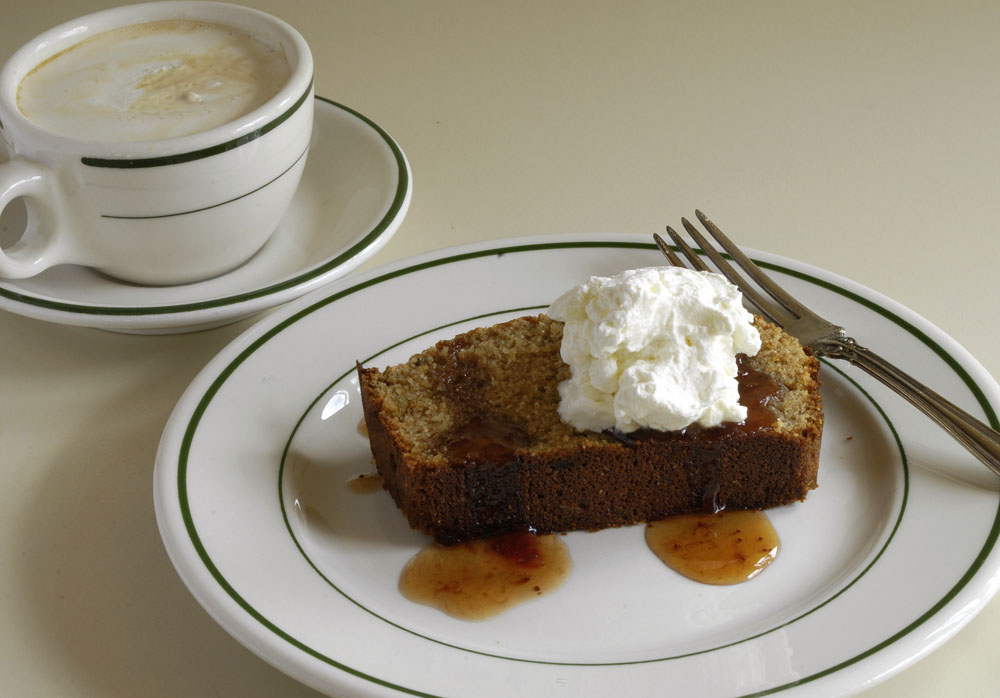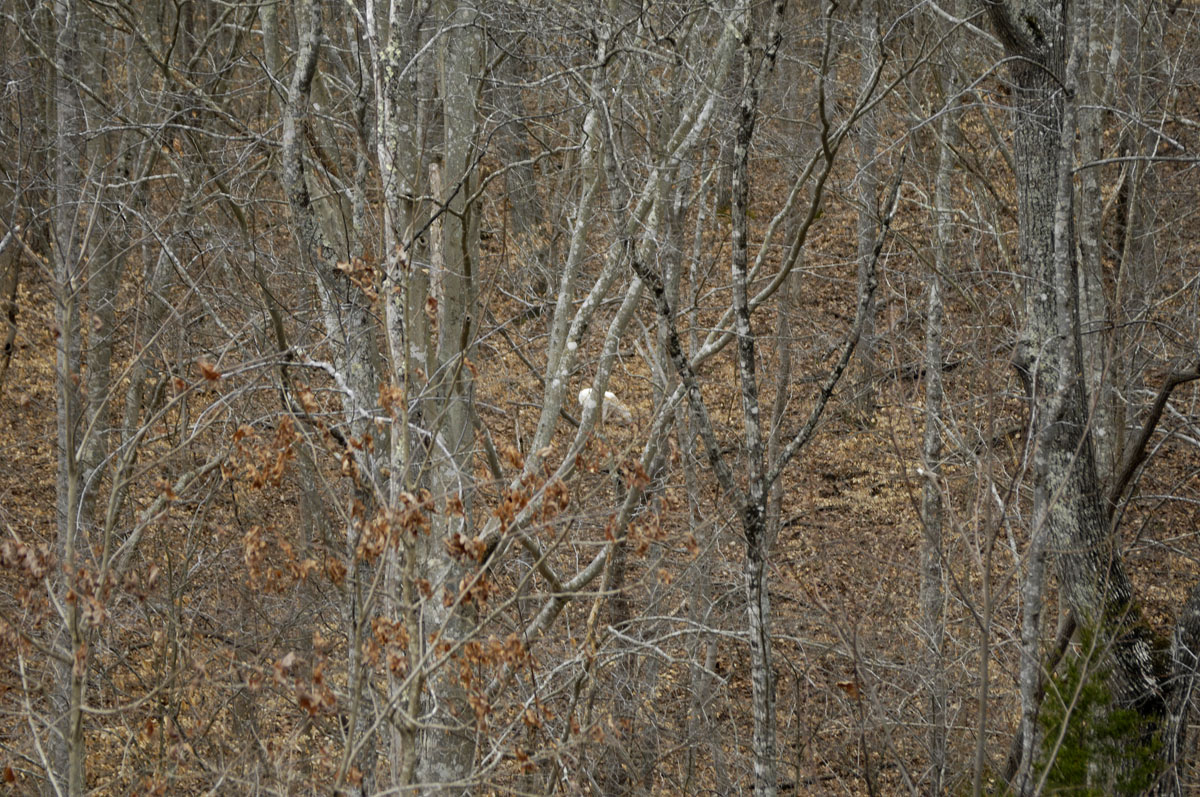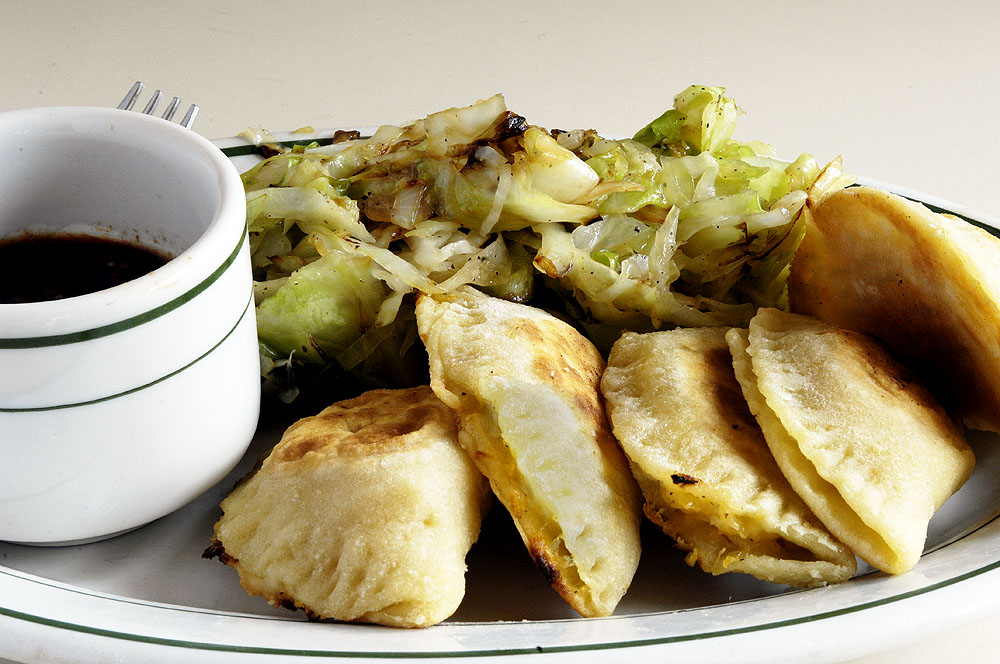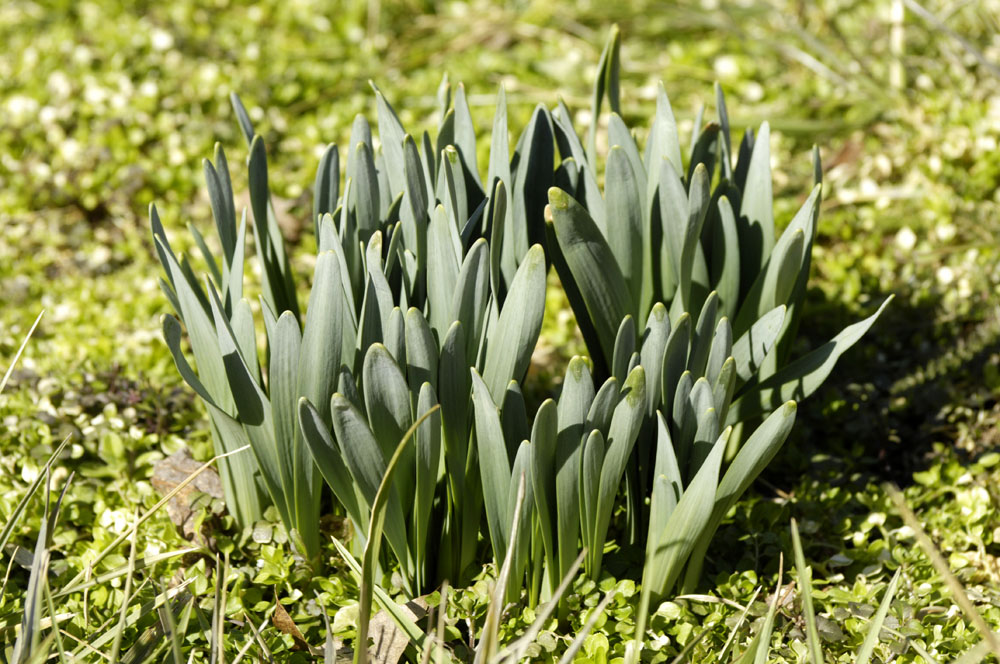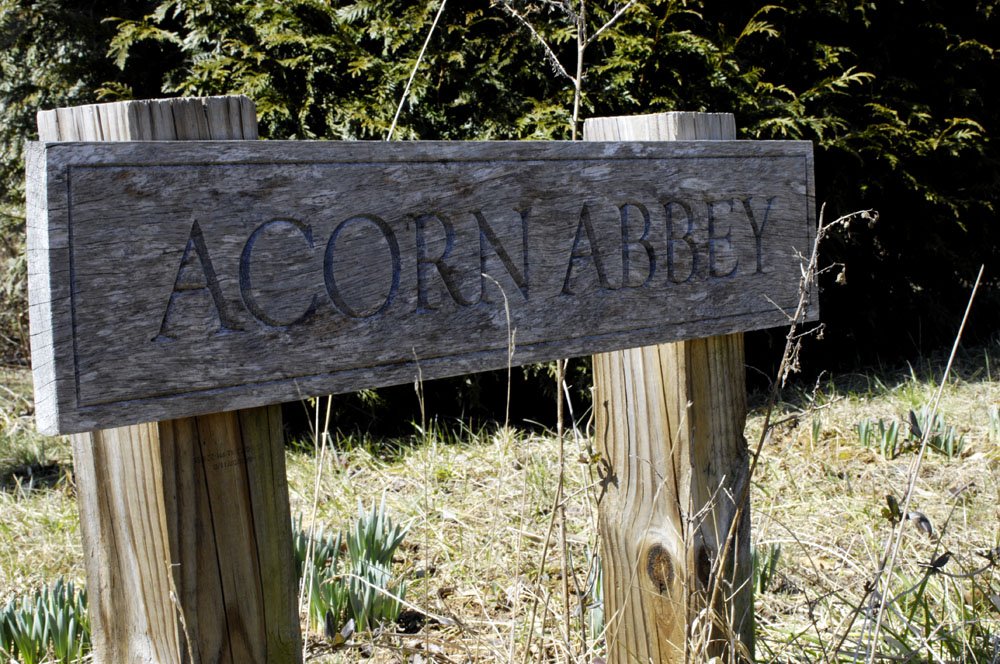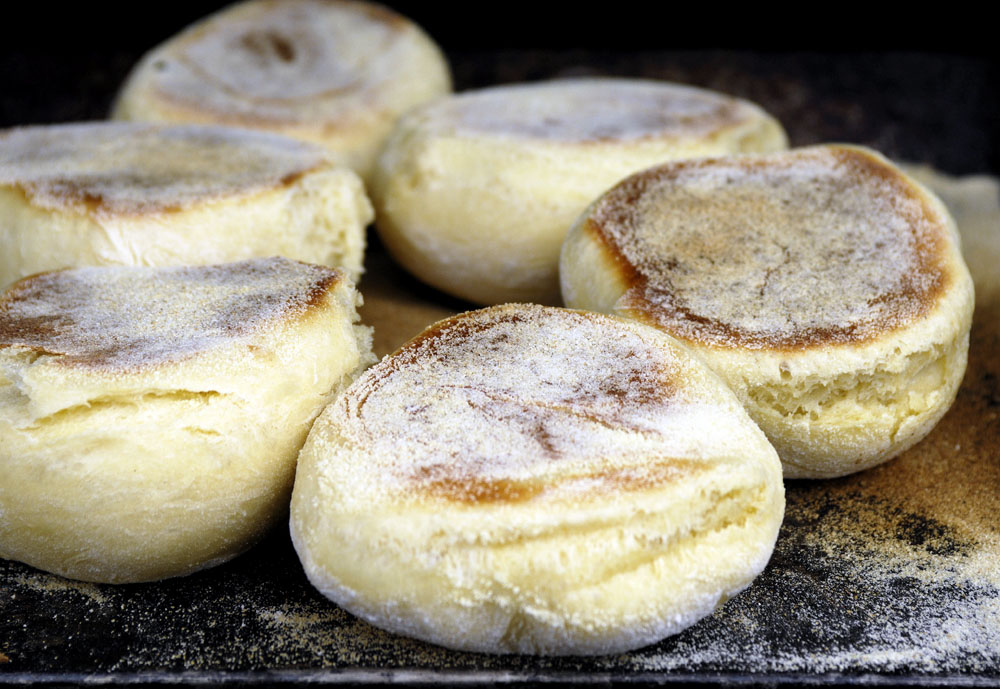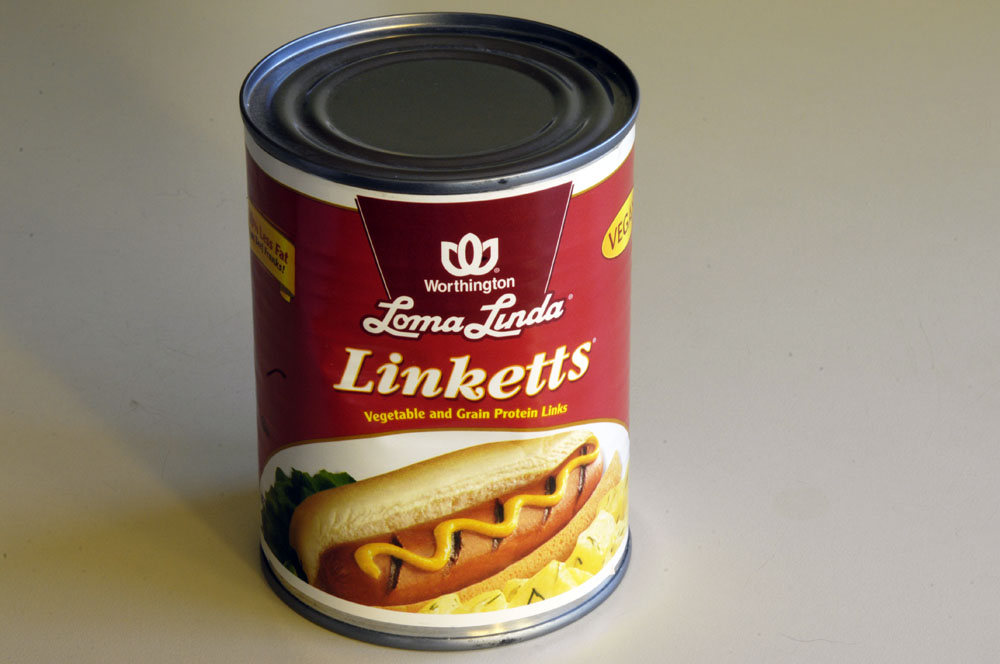
San Andreas, Warner Bros., 2015
Readers of this blog know that I don’t make any systematic effort to review movies. Rather, my movie reviews are pretty random and occasional and reflect only what I happen to have been watching — stuff that left me thinking. San Andreas and The History Boys are about as different from each other as two movies could be.
When I saw the trailer for San Andreas, in which the front wave of an enormous tsunami is bearing down on San Francisco just west of the Golden Gate Bridge, I knew that I’d have to watch it. I’m a sucker for San Francisco movies, and San Andreas is a good one, even if an earthquake and tsunami wipe the city out.
When combined with a decent story, Hollywood special effects can be thrilling. But much of the appeal of San Andreas is in the script — though the disaster scenes and helicopter rescues are great fun. Hollywood well knows that if the plot for a screenplay involves a massive earthquake that wipes out Los Angeles and San Francisco, then you need to wrap that plot around some personal stories that get some emotion into it. Carlton Cuse’s fast-moving screenplay does this with six main characters: An earthquake scientist who figured out that the Big One was about to happen; a married couple in the process of getting a divorce; their daughter and the young man she meets in San Francisco; and the young man’s younger brother.
But oh how I love Hollywood panoramas shot over San Francisco. I haven’t been back to San Francisco since I left in 2008, so all those scenes from familiar places make me a little homesick. You can’t even visit San Francisco — let alone live there for 17 years as I did — without forming a permanent emotional bond with the place.
San Andreas is worth watching just as entertainment. It’s also a good script, with Hollywood special effects effectively used.

The History Boys, Fox Searchlight, 2006
The History Boys got so-so reviews in places like Rotten Tomatoes. I think that’s because the film goes way over the heads of most people. It’s based on a play by Alan Bennett that opened in London in 2004. I have watched this film three times, and I still can’t pick up on everything. Then I bought a copy of the script of the play and read that, too.
Probably only the English can truly follow all the snappy language and nuance. The dialogue teeters on a sharp edge between irony and sincerity, bravado and vulnerability. There is keen commentary not only on history, but culture in general and English culture in particular. The dialogue includes page after page of untranslated French. That’s a very bold thing to do — to an American audience, especially. This is a script that refuses to dumb itself down. The History Boys — both the play and the film — is unapologetically aimed at the few who have done enough reading in their lives to follow the dialogue and who can find jokes about, say, the subjunctive (whether in English or in French) funny.
I rarely use the word masterpiece, but I see The History Boys as a masterpiece of writing. Alan Bennett, in only a hundred pages of screenplay, manages to exhaust us with intellectual exercise, dazzle us with meaningful erudition, jerk us back and forth between pure silliness and profundity, and finally to break our hearts with his characters, who represent a broad range of the human condition.
I bought the film on DVD. Watching it should be an annual tradition, like the annual watching of Love Actually, at Christmas.

